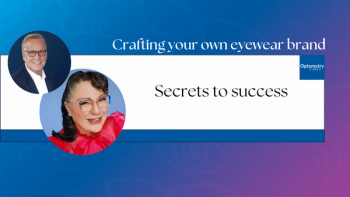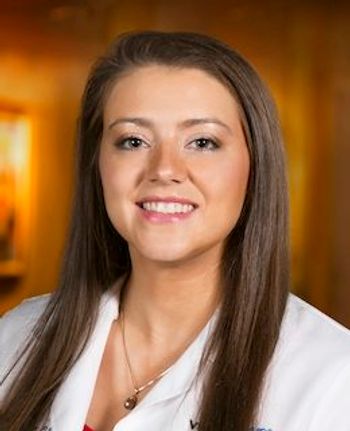
DOT lenses for slowing myopia progression worn by a total of 1 million children
The DOT lens has now been launched across Asia-Pacific, Europe, and North America, with an estimated 500,000 fitted with DOT lenses in 2025 alone.
SightGlass Vision’s Diffusion Optics Technology (DOT) spectacle lenses have now been worn by 1 million children.1 First made available in 2021, the lenses have experienced significant momentum and have reached a major milestone that reflects the need for myopia control solutions, SightGlass Vision said in a news release.
“Reaching 1 million children is a powerful testament to what our clinical studies have already shown—DOT lenses work, eye care professionals trust them, and children want to wear them,” said Andrew Sedgwick, CEO of SightGlass Vision, in the release. “It’s encouraging to see eye care professionals increasingly embrace this innovation for their young patients, marking another meaningful step towards combating the global myopia epidemic. We remain committed to bringing DOT lenses to children in more parts of the world.”
The DOT lens has been launched across Asia-Pacific, Europe, and North America, with an estimated 500,000 fitted with DOT lenses in 2025 alone, as estimated by global sales data. Additionally, SightGlass Vision’s patent-protected technology has made its commercial debut in several markets around the globe, including China, the Netherlands, Israel, Canada, and Spain. The lens is also involved in preliminary market trials in other countries.1
Earlier this year, SightGlass Vision released preliminary results from a clinical study that found that DOT 0.2 spectacle lenses were highly effective for myopia management, achieving 75% efficacy in children after 12 months in China. Additionally, 93% of children expressed positive feedback about their DOT lens glasses.1 Previous findings have demonstrated that the DOT lenses significantly reduce myopia progression over 36 months in children as young as 6 years, with 65% of children having no clinically meaningful myopia progression after 1 year. Additionally, myopia progression was reduced by 59% over 2 years when the lenses were worn full-time.2
With the lens not yet commercially available in the US, Debbie Laughton, BSc, PhD, previously told Optometry Times that the North American CYPRESS clinical trial should provide eye care providers with hope that these lenses will one day positively impact vision for children in the US. “Eye care providers can feel confident that DOT lenses effectively slow myopia progression in children from diverse racial and ethnic backgrounds, demonstrating consistent results across both Asian and North American populations,” she said.3
References:
DOT lenses worn by 1 million children. News release. SightGlass Vision. August 21, 2025. Accessed August 22, 2025.
Diffusion Optics Technology. SightGlass Vision. Accessed August 22, 2025.
https://www.sightglassvision.com/diffusion-optics-technology/ Kaiser Maharjan E, Laughton D. Clinical trial Q&A: New data on DOT lenses show strong global performance in myopia control. Optometry Times. May 27, 2025. Accessed August 22, 2025.
https://www.optometrytimes.com/view/clinical-trial-q-a-new-data-on-dot-lenses-show-strong-global-performance-in-myopia-control
Newsletter
Want more insights like this? Subscribe to Optometry Times and get clinical pearls and practice tips delivered straight to your inbox.


















































.png)


